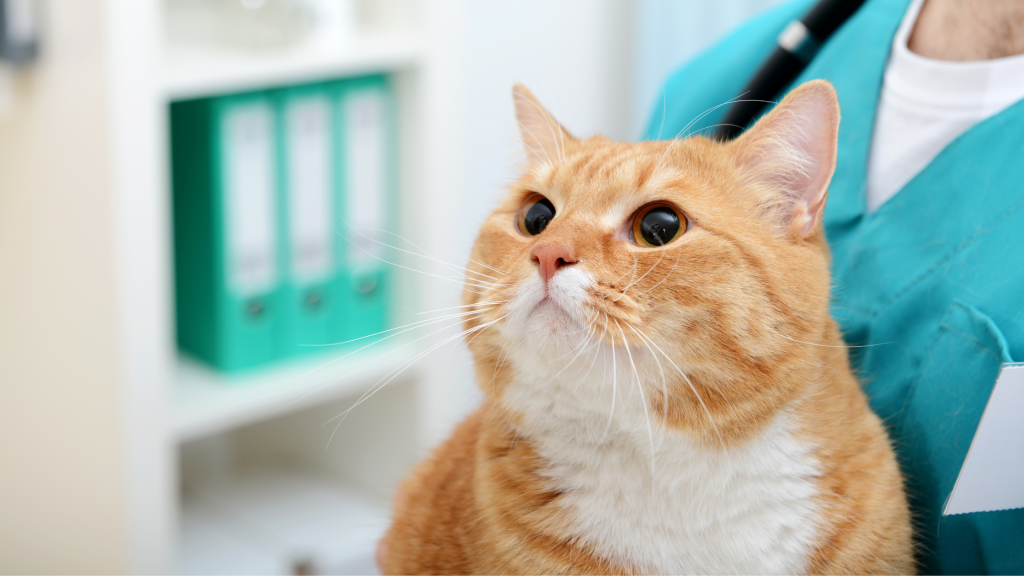From May 1, 2021, mandatory microchipping of animals came into force in Lithuania – dogs, cats, and ferrets must be marked with microchips and registered in the Pet Register.
Dogs, ferrets, and cats are microchipped to ensure their welfare. Animals traveling abroad must also have a microchip to help identify the pet and a European pet passport.
People who have recently acquired their first pet may not know much about this procedure, so the question often arises: what is animal microchipping and registration, and why is it important?
Table of contents
What do you need to know before microchipping your pet?
Microchips are required for cats, dogs, and ferrets, and animals brought into Lithuania must be registered within 14 days of arrival in the country.
The biggest advantage of microchipping animals is that it helps to confirm the identity of pets, and registration in the pet register ensures that your pet cannot be stolen by strangers.
If an animal is microchipped after the beginning of 2016, it must be registered in the Pet Register no later than 7 calendar days after the microchip is implanted. This procedure can be performed at a veterinary clinic.
When coming for microchip implantation and registration, owners should have documents such as
- Purchase or transfer agreement
- If the pet is a purebred, documents of origin
- Also, your own personal document.

Is microchipping painful?
Pet owners who love their pets often worry about whether microchipping is painful for the animal.
The procedure is safe and does not cause significant discomfort – it resembles a vaccination, as the microchip is inserted by injection.
- Veterinarians implant microchips under the skin of dogs and cats, usually between the shoulder blades along the midline of the back.
- In some parts of Europe, animals sometimes receive the implant on the left side of their neck.
- Standard microchips for pets are usually 11–13 mm long (about 1⁄2 inch) and 2 mm in diameter.
When the microchip number is entered into the animal registry, important information about the animal is stored there, such as gender, breed, age, as well as the owner’s name, surname, address, and telephone number.
Fears about the effects of electromagnetic waves are unfounded, as the chip is deactivated. It is also important to note that a pet chip does not function as a GPS and cannot determine the location of an animal.

The cost of microchipping dogs, ferrets, and cats
Customers often ask how much a microchip costs for dogs and cats, and whether registration is subject to a fee.
Microchip implantation and registration, performed by our veterinarians, will be quick and efficient. You can be sure that the procedure will be performed with high quality and without any additional hassle.
The price of microchipping does not change depending on the type of pet you have. You can check the price by contacting our veterinary specialists and mentioning that you are interested in animal tagging. A microchip is an investment in the safety and well-being of your pet, helping to easily identify lost animals and return them home.






